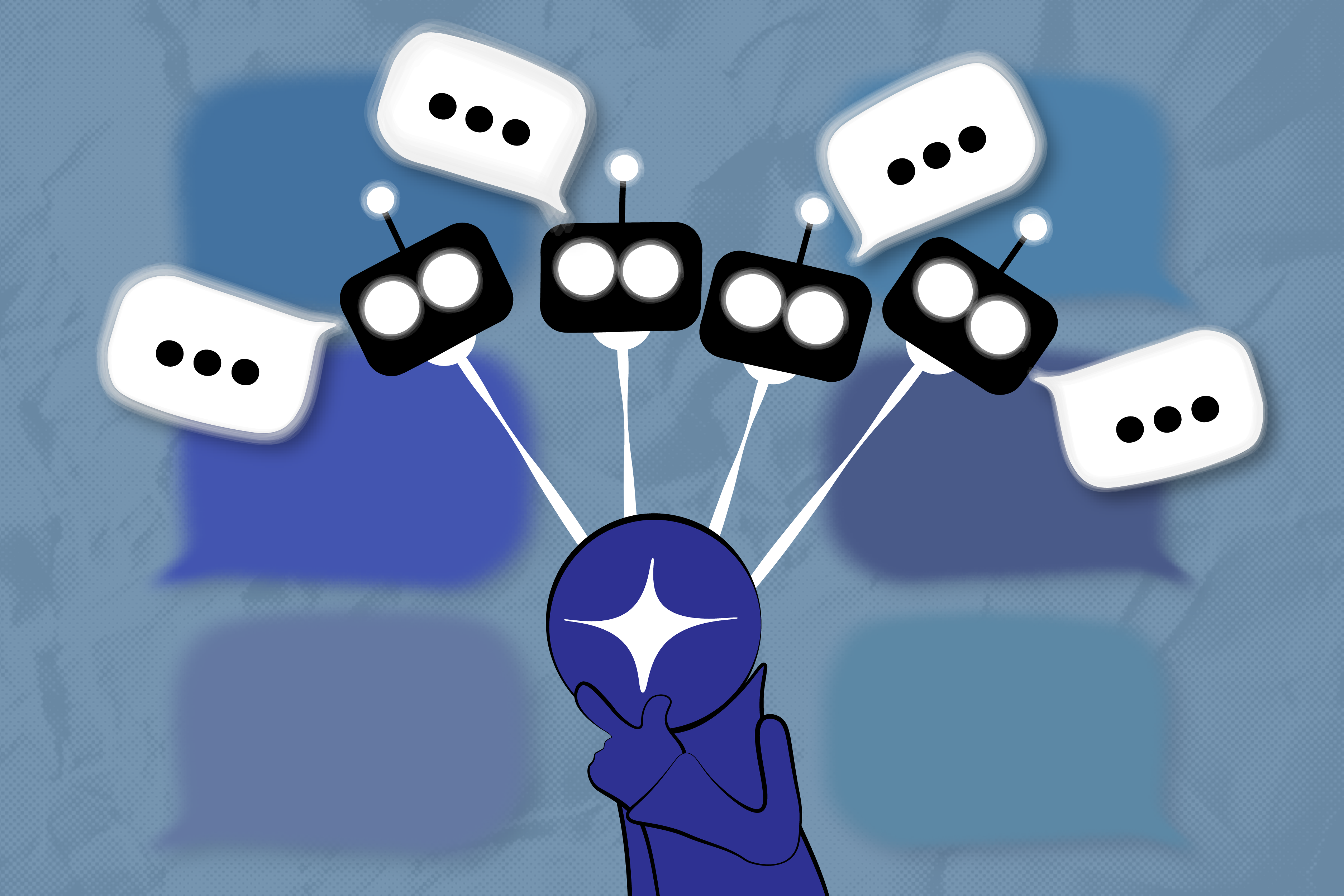Unlocking the Power of Hugging Face for NLP Tasks
The field of Natural Language Processing (NLP) has seen significant advancements in recent years, largely driven by the development of sophisticated models capable of understanding and generating human language. One of the key players in this revolution is Hugging Face, an open-source AI company that provides state-of-the-art models for a wide range of NLP tasks. Hugging Face’s Transformers library has become the go-to resource for developers and researchers looking to implement powerful NLP solutions.Inbound-leads-automatically-with-ai. These models are trained on vast amounts of data and fine-tuned to achieve exceptional performance on specific tasks. The platform also provides tools and resources to help users fine-tune these models on their own datasets, making it highly versatile and user-friendly.In this blog, we’ll delve into how to use the Hugging Face library to perform several NLP tasks. We’ll explore how to set up the environment, and then walk through examples of sentiment analysis, zero-shot classification, text generation, summarization, and translation. By the end of this blog, you’ll have a solid understanding of how to leverage Hugging Face models to tackle various NLP challenges.Setting Up the EnvironmentFirst, we need to install the Hugging Face Transformers library, which provides access to a wide range of pre-trained models. You can install it using the following command:!pip install transformersThis library simplifies the process of working with advanced NLP models, allowing you to focus on building your application rather than dealing with the complexities of model training and optimization.Task 1: Sentiment AnalysisSentiment analysis determines the emotional tone behind a body of text, identifying it as positive, negative, or neutral. Here’s how it’s done using Hugging Face:from transformers import pipelineclassifier = pipeline("sentiment-analysis", token = access_token, model='distilbert-base-uncased-finetuned-sst-2-english')classifier("This is by far the best product I have ever used; it exceeded all my expectations.")In this example, we use the sentiment-analysis pipeline to classify the sentiments of sentences, determining whether they are positive or negative.Classifying one single sentenceClassifying multiple sentencesTask 2: Zero-Shot ClassificationZero-shot classification allows the model to classify text into categories without any prior training on those specific categories. Here’s an example:classifier = pipeline("zero-shot-classification")classifier( "Photosynthesis is the process by which green plants use sunlight to synthesize nutrients from carbon dioxide and water.", candidate_labels=["education", "science", "business"],)The zero-shot-classification pipeline classifies the given text into one of the provided labels. In this case, it correctly identifies the text as being related to "science".Zero-Shot ClassificationTask 3: Text GenerationIn this task, we explore text generation using a pre-trained model. The code snippet below demonstrates how to generate text using the GPT-2 model:generator = pipeline("text-generation", model="distilgpt2")generator("Just finished an amazing book",max_length=40, num_return_sequences=2,)Here, we use the pipeline function to create a text generation pipeline with the distilgpt2 model. We provide a prompt ("Just finished an amazing book") and specify the maximum length of the generated text. The result is a continuation of the provided prompt.Text generation modelTask 4: Text SummarizationNext, we use Hugging Face to summarize a long text. The following code shows how to summarize a piece of text using the BART model:summarizer = pipeline("summarization")text = """San Francisco, officially the City and County of San Francisco, is a commercial and cultural center in the northern region of the U.S. state of California. San Francisco is the fourth most populous city in California and the 17th most populous in the United States, with 808,437 residents as of 2022."""summary = summarizer(text, max_length=50, min_length=25, do_sample=False)print(summary)The summarization pipeline is used here, and we pass a lengthy piece of text about San Francisco. The model returns a concise summary of the input text.Text SummarizationTask 5: TranslationIn the final task, we demonstrate how to translate text from one language to another. The code snippet below shows how to translate French text to English using the Helsinki-NLP model:translator = pipeline("translation", model="Helsinki-NLP/opus-mt-fr-en")translation = translator("L'engagement de l'entreprise envers l'innovation et l'excellence est véritablement inspirant.")print(translation)Here, we use the translation pipeline with the Helsinki-NLP/opus-mt-fr-en model. The French input text is translated into English, showcasing the model's ability to understand and translate between languages.Text Translation — French to English LanguageConclusionThe Hugging Face library offers powerful tools for a va


The field of Natural Language Processing (NLP) has seen significant advancements in recent years, largely driven by the development of sophisticated models capable of understanding and generating human language. One of the key players in this revolution is Hugging Face, an open-source AI company that provides state-of-the-art models for a wide range of NLP tasks. Hugging Face’s Transformers library has become the go-to resource for developers and researchers looking to implement powerful NLP solutions.
Inbound-leads-automatically-with-ai. These models are trained on vast amounts of data and fine-tuned to achieve exceptional performance on specific tasks. The platform also provides tools and resources to help users fine-tune these models on their own datasets, making it highly versatile and user-friendly.
In this blog, we’ll delve into how to use the Hugging Face library to perform several NLP tasks. We’ll explore how to set up the environment, and then walk through examples of sentiment analysis, zero-shot classification, text generation, summarization, and translation. By the end of this blog, you’ll have a solid understanding of how to leverage Hugging Face models to tackle various NLP challenges.
Setting Up the Environment
First, we need to install the Hugging Face Transformers library, which provides access to a wide range of pre-trained models. You can install it using the following command:
!pip install transformers
This library simplifies the process of working with advanced NLP models, allowing you to focus on building your application rather than dealing with the complexities of model training and optimization.
Task 1: Sentiment Analysis
Sentiment analysis determines the emotional tone behind a body of text, identifying it as positive, negative, or neutral. Here’s how it’s done using Hugging Face:
from transformers import pipeline
classifier = pipeline("sentiment-analysis", token = access_token, model='distilbert-base-uncased-finetuned-sst-2-english')classifier("This is by far the best product I have ever used; it exceeded all my expectations.")In this example, we use the sentiment-analysis pipeline to classify the sentiments of sentences, determining whether they are positive or negative.

Task 2: Zero-Shot Classification
Zero-shot classification allows the model to classify text into categories without any prior training on those specific categories. Here’s an example:
classifier = pipeline("zero-shot-classification")
classifier(
"Photosynthesis is the process by which green plants use sunlight to synthesize nutrients from carbon dioxide and water.",
candidate_labels=["education", "science", "business"],
)The zero-shot-classification pipeline classifies the given text into one of the provided labels. In this case, it correctly identifies the text as being related to "science".
Task 3: Text Generation
In this task, we explore text generation using a pre-trained model. The code snippet below demonstrates how to generate text using the GPT-2 model:
generator = pipeline("text-generation", model="distilgpt2")generator(
"Just finished an amazing book",
max_length=40, num_return_sequences=2,
)
Here, we use the pipeline function to create a text generation pipeline with the distilgpt2 model. We provide a prompt ("Just finished an amazing book") and specify the maximum length of the generated text. The result is a continuation of the provided prompt.
Task 4: Text Summarization
Next, we use Hugging Face to summarize a long text. The following code shows how to summarize a piece of text using the BART model:
summarizer = pipeline("summarization")
text = """
San Francisco, officially the City and County of San Francisco, is a commercial and cultural center in the northern region of the U.S. state of California. San Francisco is the fourth most populous city in California and the 17th most populous in the United States, with 808,437 residents as of 2022.
"""
summary = summarizer(text, max_length=50, min_length=25, do_sample=False)
print(summary)The summarization pipeline is used here, and we pass a lengthy piece of text about San Francisco. The model returns a concise summary of the input text.
Task 5: Translation
In the final task, we demonstrate how to translate text from one language to another. The code snippet below shows how to translate French text to English using the Helsinki-NLP model:
translator = pipeline("translation", model="Helsinki-NLP/opus-mt-fr-en")
translation = translator("L'engagement de l'entreprise envers l'innovation et l'excellence est véritablement inspirant.")
print(translation)Here, we use the translation pipeline with the Helsinki-NLP/opus-mt-fr-en model. The French input text is translated into English, showcasing the model's ability to understand and translate between languages.
Conclusion
The Hugging Face library offers powerful tools for a variety of NLP tasks. By using simple pipelines, we can perform sentiment analysis, zero-shot classification, text generation, summarization, and translation with just a few lines of code. This notebook serves as an excellent starting point for exploring the capabilities of Hugging Face models in NLP projects.
Feel free to experiment with different models and tasks to see the full potential of Hugging Face in action!
This brings us to the end of this article. I hope you have understood everything clearly. Make sure you practice as much as possible.
If you wish to check out more resources related to Data Science, Machine Learning, and Deep Learning, you can refer to my GitHub account.
You can connect with me on LinkedIn — Ravjot Singh.
P.S. Claps and follows are highly appreciated.
Unlocking the Power of Hugging Face for NLP Tasks was originally published in Becoming Human: Artificial Intelligence Magazine on Medium, where people are continuing the conversation by highlighting and responding to this story.






















